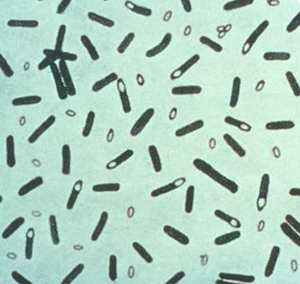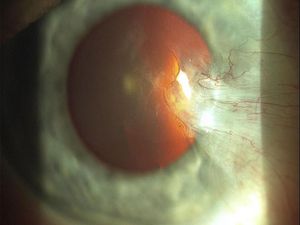There are many different classes of antibiotics each exerting a different type of inhibitory effect that specifically impact bacteria. Bacterial cells are prokaryotic; primitive cells that differ significantly from humans’ eukaryotic cells. Antibiotic cephalosporins work by inhibiting the synthesis of the bacteria cell wall.
Each article in this series covers a specific class of antibiotic and includes the following information:
- a list of the specific antibiotics that fall in the class (generic and brand names)
- mode of action
- type of infection the antibiotic class to against
- type of bacteria inhibited or killed
- pros and cons of using the class of antibiotics
Some of the main classes of antibiotics include:
- Aminoglycosides
- Cephalosporins (a Beta-lactam)
- Macrolides
- Penicillin (a Beta-lactam)
- Quinolones (Fluoroquinolones)
- Sulfonamides
- Tetracyclines
Cephalosporins
Cephalosporins are categorized by “generation,” a classification that relates to their antimicrobial properties. There are four generations; each newer generation of cephalosporins having greater gram-negative antimicrobial effectiveness than the generation before. The later the generation, the greater the cephalosporin’s effectiveness against resistant bacterial strains.
Cephalosporins include the following drugs. There are many different types and brands of cephalosproins, and this list is by no means exhaustive.
First Generation
- Cefadroxil (cefadroxyl; Duricef®)
- Cefalexin (cephalexin; Keflex®)
- Cefalotin (cephalothin; Keflin®)
- Cefapirin (cephapirin; Cefadryl®)
- Cefazolin (cephazolin; Ancef, Kefzol®)
- Cefradine (cephradine; Velosef®)
Second Generation
- Cefaclor (Ceclor®, Distaclor®, Keflor®, Raniclor®)
- Cefonicid (Monocid®)
- Cefprozil (cefproxil; Cefzil®)
- Cefuroxime (Zinnat®, Zinacef®, Ceftin®, Biofuroksym®)
Third Generation
- Cefdinir (Omnicef®)
- Cefixime (Suprax®)
- Cefotaxime (Claforan)
- Cefpodoxime (Vantin®, PECEF)
- Ceftibuten (Cedax®)
- Ceftizoxime (Cefizox®)
- Ceftriaxone (Rocephin®)
- Cefoperazone (Cefobid®)
- Ceftazidime (Fortum®, Fortaz®)
Fourth Generation
- Cefepime (Maxipime®)
Cephalosporin Mode of Action
Cephalosporins are a type of β-lactam antibiotic, and closely related to the penicillins. They are bactericidal, with the same MOA as other beta-lactams.
Cephalosporins disrupt synthesis of the peptidoglycan layer of bacterial cell walls. Peptidoglycan is a strong structural molecule specific to the cells walls of bacteria. With the cell wall structure compromised, the bactericidal result is lysis and death of the cell.
Our cells do not have cells walls or peptidoglycan, therefore, B-lactam antibiotics are able to target bacterial cells without harming human cells.
Type of Infections Cephalosporins Are Used For
Cephalosporins are used to treat a wide range of infections, including pneumonia, strep throat, various staph infections including those of the skin, tonsillitis, bronchitis and gonorrhea. Cephalosporin is also commonly used prophylactically with surgical procedures, as a preventative measure to avoid infection.
Antimicrobial Spectrum of Cephalosporins
First-generation cephalosporins are mainly effective against Gram-positive bacteria. The generations to follow have successively increased activity against Gram-negative bacteria, with the trade-off of then being less effective against Gram-positive microbes.
Pros and Cons of Cephalosporins
Cephalosporins are similar to penicillin in action and side effects, and are often used in patients with and allergy to penicillin.
This article is for informational purposes only and is not mean to be used in the treatment of bacterial infections. If you are ill, see a medical professional.
More Antibiotic Resources
The information in this article was obtained from a variety of sources, including the text book Foundations in Microbiology by Kathleen Park Talero and Yuri Bayarski’s article Antibiotics and Their Types, Uses and Side Effects. To learn more about bacteria and prokaryotes in general, see the microbiology information on the science website Science Prof Online.







